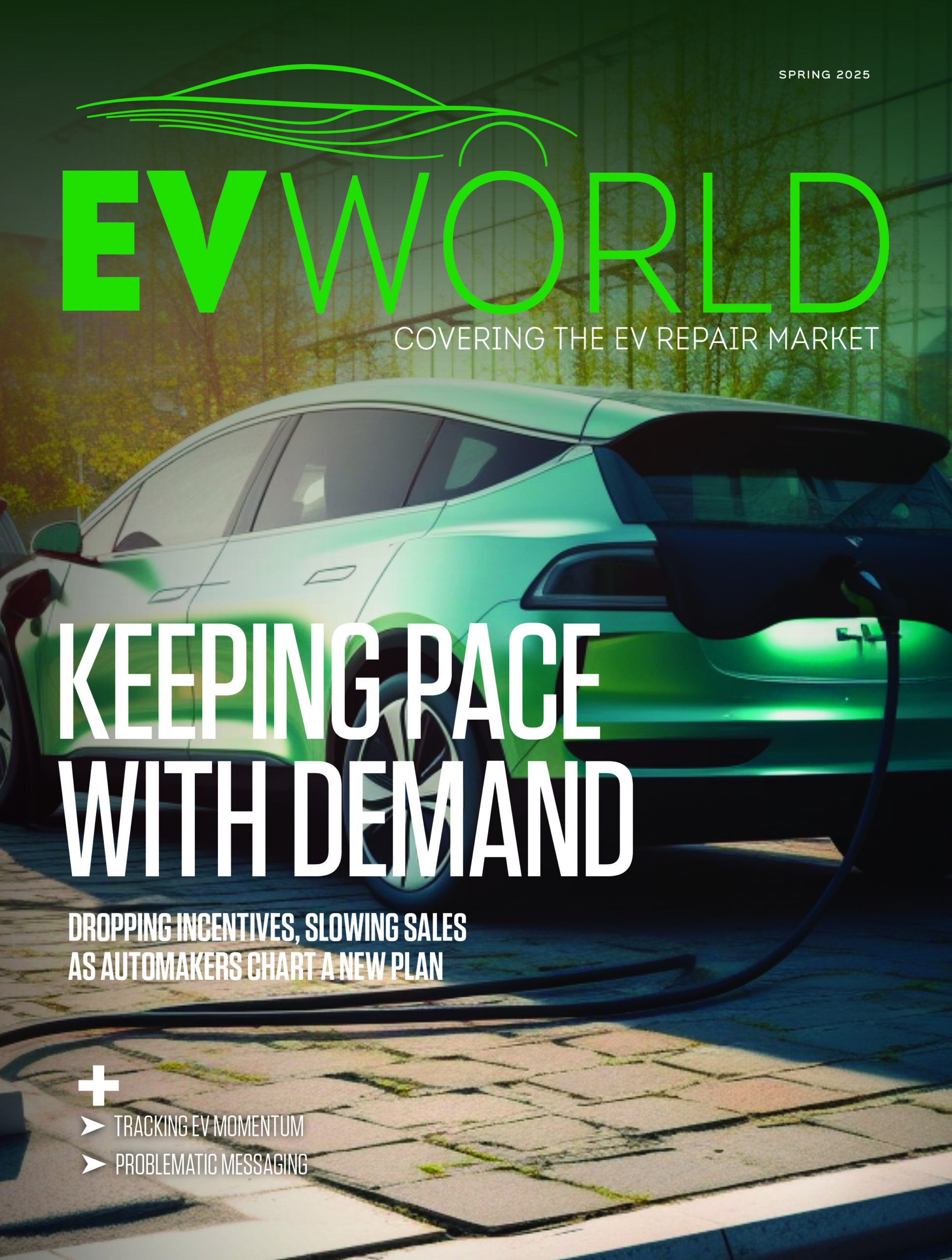
The most important aspect of switching to an electrified vehicle fleet is to ensure users don’t have to change their behaviours, according to an expert.
If you have fleet customers exploring electric vehicles, it’s important to gauge how they use their current internal combustion engine vehicle and whether a switch to electric makes sense right now, advised Xavier Gordon, president of Xergy Energy, a clean energy developer based in Mississauga, Ontario.
“It all depends on how vehicles are being used, when they’re being used, and what their level of readiness is,” he said at AARO Fleet Day last month.
The goal should be to maximize the utility of the vehicle, Gordon said. “So for your fleet users, for your drivers, for your end-customers, you want to make sure that they don’t need to change their behaviours in order to be able to take advantage.”
The goal of switching to electric is to lower costs and boost the bottom line. But without buy-in from users, that will be difficult. If they see they will have to change their driving behaviours, the plan to switch may not work out as planned.
That means getting vehicles and providing the needed infrastructure to meet their habits.
For the fleet manager, infrastructure costs can be kept in check. Gordon noted that there doesn’t always need to be a charging station for each fleet vehicle.
“There’s plenty of opportunity for you to share charging among multiple vehicles as well, too. It all depends on the needs that you guys have,” he said.
Fleet managers will also want to look at minimizing electricity costs. Ideally, in areas where providers charge lower rates for charging at night, charging during the day should be avoided. Of course, that may not always be possible.
“If it’s possible to get through the day without charging, that’s great, because then you get to avoid some of those peak charges and prices,” Gordon said, noting that Ontario may introduce even lower overnight charging rates for electric vehicles.
And to ensure everything is going to plan, feedback is important. It’s critical to understand where the gaps are, to review driving habits, how costs are being affected. With this information, adjustments can be made.
“Typically, fleet managers like this sort of approach to it because it’s programmatic and it happens in iterations,” Gordon said.
Ona area in particular that Gordon found companies taking advantage of was ‘right sizing’ their vehicle fleet. By default, many companies would add pick up trucks to their fleet because they can “do everything.” But when electrifying, they find that they really don’t need multiple pickups — they maybe only need one large vehicle and then a series of smaller vehicles do carry out duties.
This can help bring down the costs of operation, Gordon said.












Leave a Reply